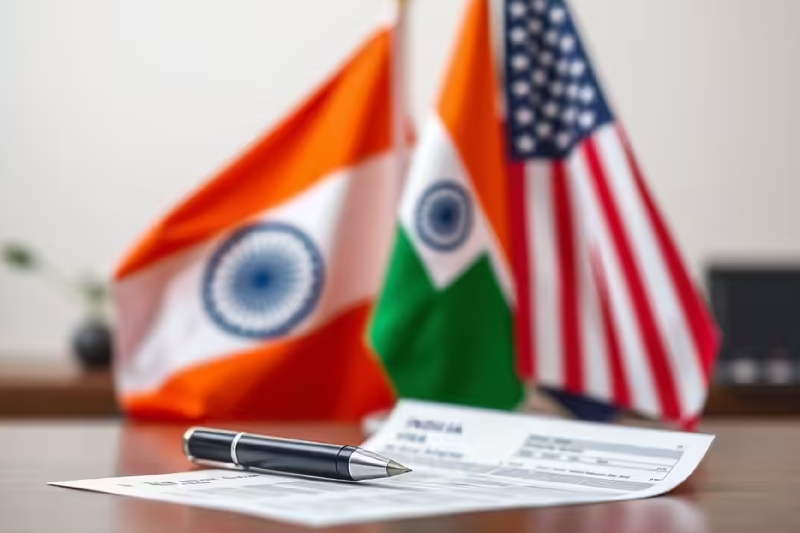
H-1B Visa Hike: Why IITs See a Golden Opportunity in a Global Setback
The recent increase in H-1B visa fees by the United States has sparked significant discussion across India’s academic and professional circles. While some see it as a barrier to international opportunity, leaders at India’s premier institutions are interpreting the development through a more optimistic lens.
Dr. Kamakoti Veezhinathan, Director of the Indian Institute of Technology Madras (IIT-M), views the fee hike not as a setback, but as a strategic opportunity for India. In a recent interview with ANI, he referred to the change as a “blessing in disguise,” encouraging India to use this moment to retain top-tier talent and strengthen domestic research and innovation.
A Potential Shift in Career Destinations
Dr. Veezhinathan emphasized that the increased cost of obtaining an H-1B visa may directly influence the career decisions of Indian students—particularly those from the IITs, who traditionally look toward the U.S. for employment after graduation.
“The students who go from here with an aspiration to work there might not go now. As a director of IIT-Madras, I am happy that they will continue in India,” he said.
This shift, he noted, is already underway. Over the past five years, only around 5% of IIT-Madras graduates have moved abroad, signaling a waning interest in the once-coveted U.S. job market.
“The craze for going to the US is gone here,” Veezhinathan pointed out.
Turning Talent Retention into a Competitive Advantage
The implications of this shift extend beyond individual career paths. Experts argue that retaining highly skilled graduates within India could have a transformative effect on the country’s innovation landscape.
With fewer students and professionals leaving for Silicon Valley, there’s a growing opportunity for Indian startups, research institutions, and multinational companies operating locally to absorb this talent. This could significantly enhance the quality and quantity of research and development activities in India.
“I believe as a country we have great opportunities to do research here. This is the time when students who want to go there can stay here and contribute,” said Veezhinathan.
Building the Right Ecosystem to Harness Talent
However, talent retention alone is not enough. Veezhinathan warned that India must act swiftly and decisively to turn this global policy change into a domestic advantage.
He laid out a clear agenda for policymakers and industry leaders:
- Invest in cutting-edge research infrastructure
- Encourage stronger collaborations between academia and industry
- Create compelling career opportunities within India
These steps, he emphasized, are essential to make staying in India just as attractive—if not more—than moving abroad.
“Many brilliant innovations can emerge if the skilled workforce stays and contributes here,” he said.
A Strategic Moment for India’s Innovation Ecosystem
This development also comes at a time when the global conversation around talent mobility is evolving. With increasing scrutiny and tightening regulations in traditional talent hubs like the U.S., India finds itself in a strategic position to capitalize—but only if it builds a competitive and supportive innovation ecosystem.
Analysts echo Dr. Veezhinathan’s sentiment, highlighting that India has a rare window of opportunity to position itself as a global hub for technology, research, and innovation. Retaining homegrown talent is a critical piece of that puzzle.
Looking Ahead: Turning Challenges into Catalysts
In conclusion, the recent hike in H-1B visa fees may seem like a restrictive policy on the surface. But for Indian institutions like IITs, it opens a door to reimagine the future of talent development, research, and national innovation.
Dr. Veezhinathan’s message is clear: India must seize this moment, not just to prevent brain drain but to actively build a thriving domestic ecosystem where top talent can flourish.
“This is a chance for us to retain our talent, strengthen research, and accelerate innovation at home,” he said.
By recognizing the strategic value of this global shift, India has the opportunity to transform a policy obstacle into a long-term national advantage—and possibly set the stage for a new era of technological leadership driven from within.



